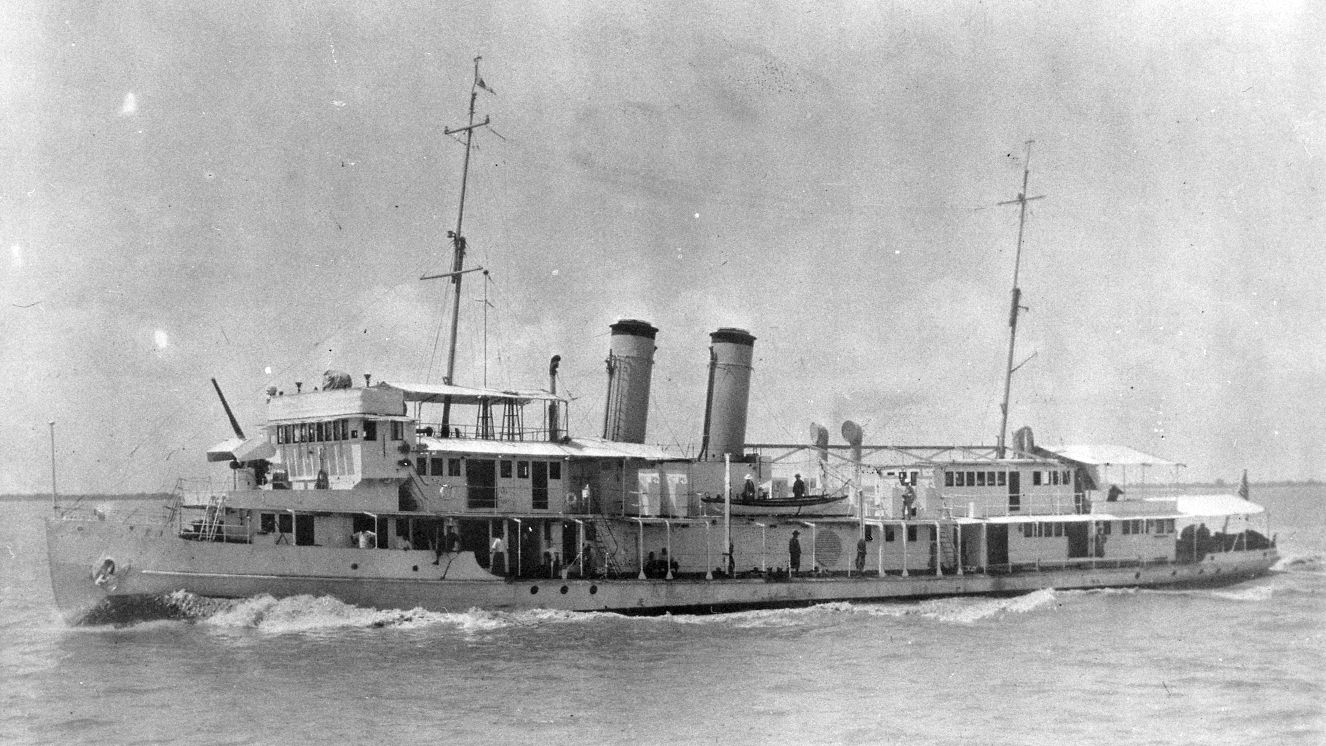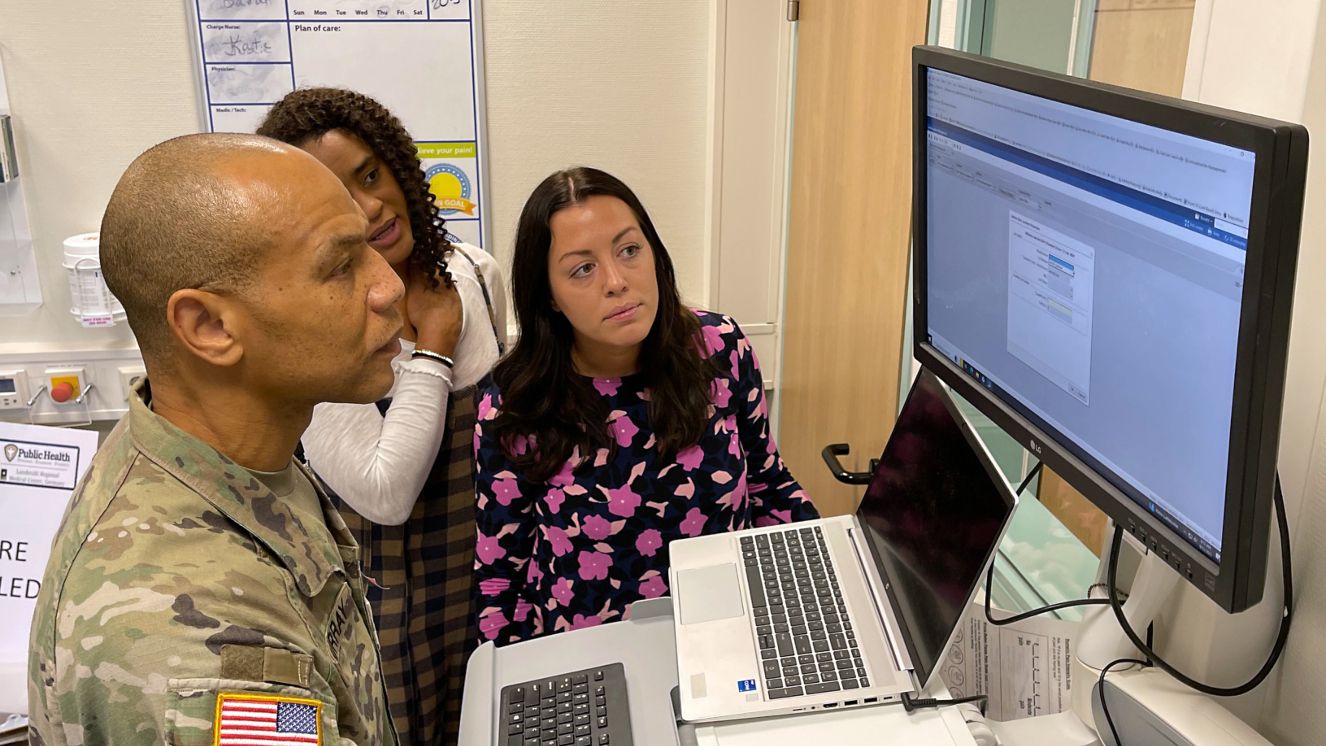PROJECT PIGEON: THE UNBELIEVABLE HISTORY OF WAR PIGEONS THAT GUIDED MISSILES

Though pigeons have the stereotype of being the annoying NYC bird that’ll probably steal your food at any given moment, pigeons actually have a long (and decorated) history in U.S. warfare. They’re known for their “homing” ability, meaning they can return to the place they were displaced from, even after flying long distances. Pigeons were first used in warfare during WWI to deliver messages and continued being used during WWII and the Korean War. Many of these messages helped save lives and won battles during wartime. Because of the skill of the pigeon, a new training program began: Project Pigeon. Though “Project Pigeon” might sound like a cool video game or even an episode of a goofy children’s TV show, it’s absolutely real. Keep reading to learn more about Project Pigeon and how these beautiful war pigeons came to be. See more:Animal Heroes: 6 Military Animals That Made a Difference
What Was Project Pigeon?
This pigeon project was started by Doctor B.F. Skinner. Project Pigeon was created as a way to keep pilots safe while delivering dangerous loads, like missiles. The pigeons were trained to identify targets and hone in on them to deliver the missiles. Thus, the war pigeon project was born! (Please note, these birds wouldn’t survive the missile landing. The war pigeons were, unfortunately, on a suicide mission.)
How Were the Pigeons Trained?
Dr. Skinner trained these pigeons of war with hemp seed; he found that the pigeons liked this the best. Skinner had a passion for pigeons and loved studying them. He bought 40 homers and 24 ordinary pigeons from a poultry store and began training them to peck at certain target images with the promise of hemp seed as a reward. The war pigeons project eventually evolved into training the pigeons inside of a war missile. Skinner found that three pigeons together worked best inside the nose cone of the missile. Inside the nose cone, there were three separate compartments for the pigeons. Each section had a lens, and the pigeons were trained to peck at the image projected on it. This was how they kept the missiles on target. One of the more ironic parts of Project Pigeon (yes, even more ironic than war pigeons) was that Skinner didn’t even know all the logistics of the missiles they would be used in. The missiles were top secret, so Skinner didn’t know much about the design of the missiles. Skinner, however, was a genius. He made educated guesses about the missiles and how they would be controlled. Despite his guessing, his missions were still extremely successful!
Project Pigeon Funding
Project Pigeon had an unlikely sponsor: General Mills Inc. (yes, THE General Mills). The head of the mechanical division heard about Skinner’s research and was intrigued. He convinced the company to provide technical support for Skinner’s research. Because of their support, Project Pigeon “took flight.” In 1943, the project was given a contract with the Office of Scientific Research and Development (OSRD).
What Happened to Project Pigeon?
Sadly (or maybe not sadly for all the animal activists out there), Skinner’s pigeons never made it off the ground – in a missile, that is. The project was nixed during WWII, largely because the project is ridiculous. Even Skinner lamented that no one would take his war pigeons seriously. But despite the Project Pigeon cancellation, Skinner continued to train and test his pigeons for several years, and they continued to show results. A win for the war pigeons! After WWII, however, the project resumed at the request of the Navy. The Navy wanted to use the pigeons in war efforts to launch missiles at ships. It was renamed Project Orcon for “organic control,” and Skinner was recruited again to train the pigeons. But again, the project was nixed. Fancy technology like radar and electronic communication was finally being developed, so the war pigeons were no more. Project Pigeon might sound like a joke, even after learning about it, but it was a real thing and a successful project by many standards. Though war pigeons are no longer in existence, in emergency cases, pigeons can be used to send missiles to the enemy. Project Pigeon, though short-lived, still made an impact on U.S. war history (and on our hearts). See more:The Legendary Chicken Gun Is the Ultimate Quality Control Test for Military Planes
BY OLIVIA RIGBY
Olivia Rigby is a Contributing Writer at VeteranLife.com.
Olivia Rigby is a Contributing Writer at VeteranLife.com.



